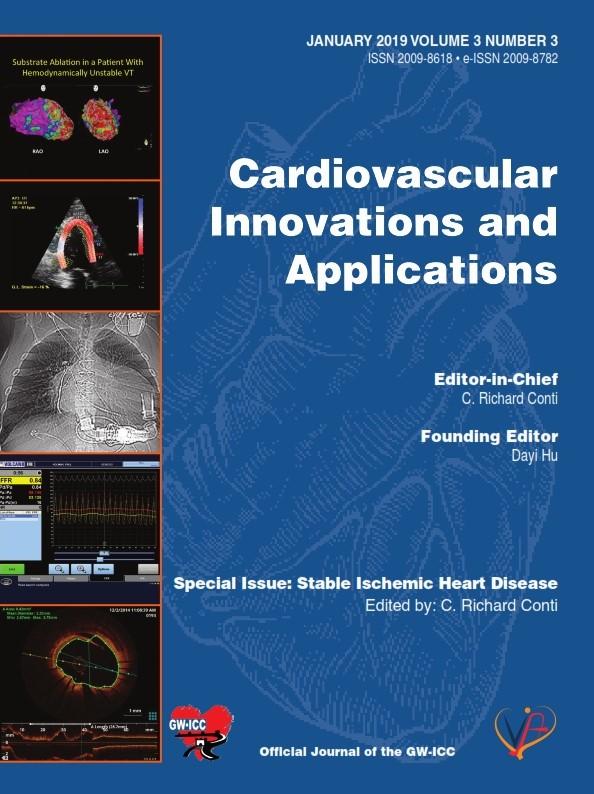Modern Love: Modern Love College Essay Contest
We’re looking for a few new voices. Maybe yours? The New York Times is inviting college students nationwide to write an essay that tells the plain truth about what love and relationships are like for them today. In previous contests, which attracted thousands of entries from students at hundreds of colleges and universities, the winning…










